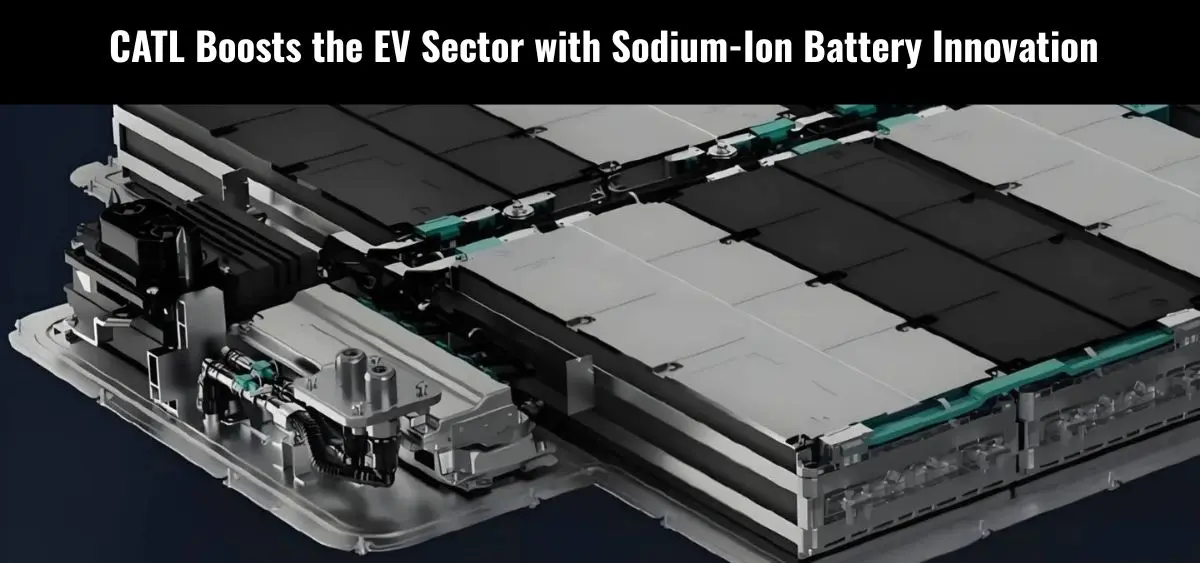In a bold move set to reshape the future of electric vehicles, CATL boosts the EV Sector with Sodium-Ion Battery Innovation, unveiling a technology that promises safer, more efficient, and cost-effective alternatives to traditional lithium-ion batteries. Imagine EVs running reliably in extreme cold, traveling over 500 kilometers on a single charge, and using abundant materials that reduce environmental impact. This breakthrough could redefine how we power transportation worldwide, yet many are just beginning to understand its potential. Curious about how sodium-ion technology could transform EVs, lower costs, and expand global adoption? Let’s dive into CATL’s revolutionary innovation.
A Technological Leap in Battery Performance
CATL’s Naxtra battery achieves an impressive energy density of 175 Wh/kg, comparable to conventional lithium iron phosphate (LFP) batteries. This enables electric vehicles to cover over 500 kilometers (approximately 310 miles) on a single charge, positioning sodium-ion technology as a viable alternative for mainstream EV applications.
One of the most notable advantages of Naxtra is its superior performance in extreme temperatures. While many lithium-ion batteries lose efficiency in cold weather, Naxtra can operate reliably between -40°C and 70°C, retaining up to 90% of usable power even in sub-zero conditions. This makes it an ideal solution for expanding EV adoption in colder regions and enhancing global mobility.
Safety and Longevity
Safety remains a central focus of CATL’s innovation. The Naxtra battery is engineered with non-flammable materials and has cleared China’s rigorous GB 38031-2025 safety certification, the first battery globally to meet this standard. This certification ensures high thermal stability and minimizes fire risks, addressing a critical barrier to EV adoption.
The battery is also designed for a long lifespan, with over 10,000 charge cycles, which reduces total ownership costs and allows for repurposing once its automotive life ends.
Environmental and Economic Benefits
By replacing scarce lithium and cobalt with abundant sodium, CATL reduces reliance on limited resources, lowers production costs, and mitigates supply chain risks. The reduced environmental footprint of sodium-ion batteries further strengthens their appeal in promoting sustainable transportation solutions.
Market Readiness and Compatibility
CATL has already initiated collaborations with automotive partners to develop sodium-ion passenger car batteries, aiming for mass supply by 2026, contingent on customer timelines. The battery packs are compatible with standard No. 20 and No. 25 modules, including swap formats, allowing for seamless integration into existing vehicle platforms without major redesigns.
In addition to passenger cars, CATL has launched the Sodium New 24V Integrated Starter Battery for commercial trucks, designed to replace shorter-lived lead-acid batteries and support heavy-duty applications.
Commercial Potential and Global Impact
CATL estimates that sodium-ion batteries could meet over 40% of domestic passenger vehicle demand, signaling significant market potential. By lowering vehicle costs, enhancing cold-weather performance, and improving safety, Naxtra could accelerate EV adoption globally, including in regions where extreme temperatures previously limited EV use.
As CATL scales production, this innovation is expected to intensify competition with other battery giants like BYD, while also influencing global standards and sustainability practices in the automotive sector. With Naxtra, sodium-ion batteries are poised to become a mainstream alternative, opening new avenues for affordable, safe, and environmentally friendly electric mobility.
Related Articles:-

